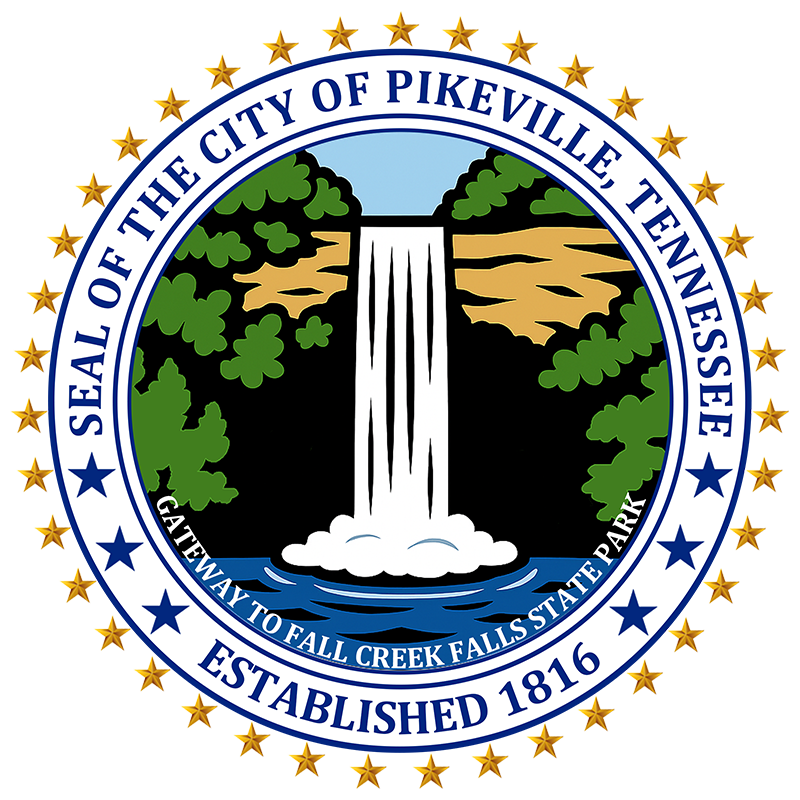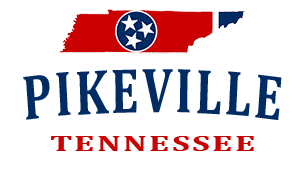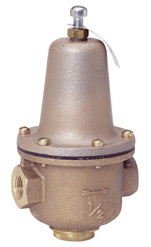Water Department
Pikeville, Tennessee

Pikeville Water Department
Water Devices Information
The City of Pikeville Water Department is committed to providing valuable information and resources to help residents protect their homes and ensure a reliable water supply. By taking preventative measures and being prepared, residents can avoid costly repairs and water damage.
Our goal here is to provide you with valuable information about important equipment that can help you maintain the quality and safety of your water supply.
Backflow Prevention
Taking Clean Water for Granted
Every time you fill a glass with water from the tap, prepare a meal, or take a bath, you take for granted that the water will always be clean, pure, and healthy.
Occasionally, situations occur outside of our control that can jeopardize the quality of your drinking water. A very common occurrence in a water distribution system is the temporary loss of pressure due to the breakage of a water supply pipe or water main.
When these situations occur, conditions are present that can allow the backflow of pollutants or contaminants into the water system and threaten the purity of our drinking water system.
What is Backflow?
Water distribution systems are designed with the intention of the water flowing in a certain direction from the distribution system to the consumer. However, hydraulic conditions within the system may deviate from the “normal” conditions, causing water to flow in the opposite direction. Therefore, it is possible (and common) for water to flow in the opposite direction in unprotected systems. This is called backflow. There are two forms of backflow:
-
- Backsiphonage – usually caused by a loss of pressure in the drinking water system.
- Backpressure – caused by pumps, piping systems elevation, or thermal expansion from a heat source.
Backflow can cause our drinking water to become polluted or contaminated. Pollution reduces the quality of drinking water. It does not create a public health hazard, but adversely affects the aesthetics of taste, odor, and appearance.
Can Backflow be Prevented?
Yes, the backflow of undesirable elements into the drinking water system can be prevented. A cross-connection is a physical connection between the water supply and any source of possible pollution or contamination. By eliminating or controlling all actual or potential cross-connections, the public drinking water system will be protected within the city water main system and within buildings.
Simple plumbing changes can easily eliminate many cross-connections. However, where this is not possible, backflow prevention assemblies are installed to protect the water supply.
What Type of Backflow Prevention Assembly is Necessary?
The type of backflow prevention assembly required is determined by the degree of hazard. In other words, the severity of the actual or potential hazard will dictate what level of protection is necessary to adequately protect the drinking water.
For temporary cross-connections, such as a garden hose, an inexpensive hose bib vacuum breaker is acceptable.


Other types of backflow prevention assemblies are available for permanent specialized applications, such as fire sprinkler systems, irrigation sprinkler systems and piping connections within a commercial facility.
What Can You Do?
First, you should determine if there are potential cross-connections in your home or business. The local plumbing inspector or water provider can assist in this determination.
Next, you should investigate alternative for eliminating or protecting against all actual or potential cross-connections.
After determining the necessary method of cross-connection control, the appropriate plumbing changes or the addition of a mechanical backflow prevention assembly should be made.
Local codes or government regulations are used to determine what specific backflow prevention assemblies are required for each application. Your local water provider should always be consulted prior to purchasing and installing any backflow prevention assembly.
For more information on Backflow Prevention, see the American Backflow Prevention Association (ABPA) flyer, or visit their website at ABPA.org.
Pressure Regulator
What is a Water Pressure Regulator?
Many City of Pikeville water customers have water pressure regulators inside their homes. This is often necessary due to the amount of water pressure in the water distribution system. High pressure can be damaging to plumbing fixtures, so a regulator is needed to keep the pressure at a desirable level. Water pressure regulators are owned by the property owner, who is responsible for maintaining it.
As pressure regulators age, water pressure inside the house often drops. Customers who notice a drop in pressure may contact the Water Department. A pressure gauge can be attached to an outside hose connection at the house to determine if water pressure is consistent with the water main serving the property. If pressure is normal, the problem is often inside the customer’s property. If a pressure regulator is in place, it may be malfunctioning.
A pressure regulator, if present, will be found close to the customer’s main shut off valve, where the water service line enters the house (often in a basement). A pressure regulator looks a little like a water meter, but there is no dial. There will often be a screw on the end. This is where adjustments can be made to the regulator, to raise or lower the water pressure inside the house. Use caution when making adjustments using the adjustment screw! Too much water pressure can cause problems with plumbing fixtures.
Faulty pressure regulators can be changed with similar tools as are needed to replace any residential plumbing fixture. Customers who are hesitant to replace water pressure regulators are encouraged to contact their plumber for assistance.
Customer Service:
Our Utility Customer Service team is here for you and ready to answer questions regarding your utility account, respond to your emergency, and help you save money. From Payment Options, Starting a New Utility Service, Disconnecting a Utility Service, Transferring a Utility Service, to providing many other resources, For all of your utility customer service needs, please visit our webpage: Utility Customer Service.

